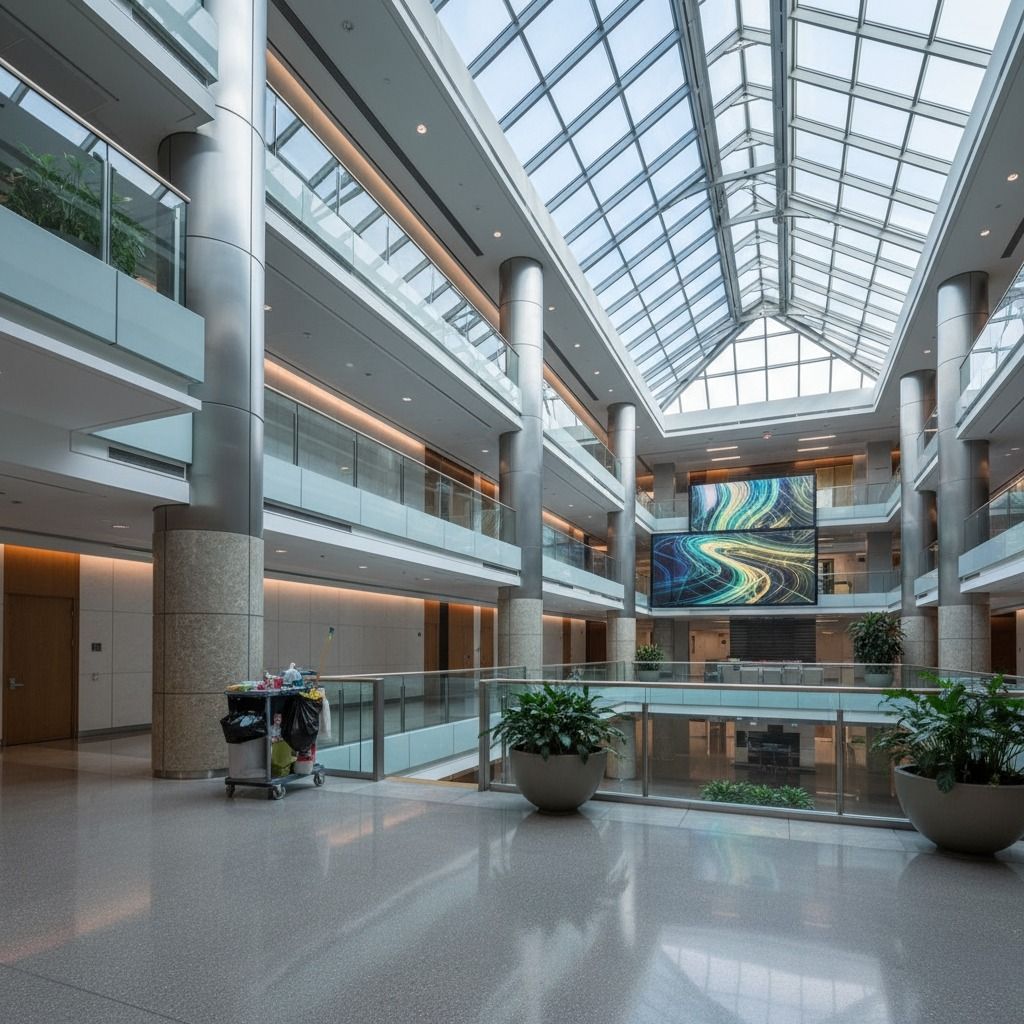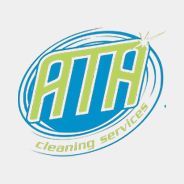South Shore Commercial Cleaning: Quick Buyer’s Guide

I once wasted an entire morning driving between our Braintree, Quincy, and Hingham locations to fix the exact same restocking issue. That’s when I realized managing multiple sites on the South Shore requires a vendor built for consistency, not just cleaning. I need predictable outcomes, a single dashboard for reporting, and a partner who solves problems systematically, so I don't have to.
ABOUT
From interviews with multi-site operations leaders:
Scope / What to Lock Down (South Shore Realities)
01
Cross-Site Standardization: Develop a single, non-negotiable scope of work for common areas (restrooms, lobbies, kitchens) to be used at all locations.
Centralized Supervision: Ensure your vendor provides a dedicated area supervisor who is responsible for all your sites, acting as your single point of contact.
Security Protocols: Your scope must clearly define requirements for background checks, badging, key control, and after-hours logs for every building.
Floater & Emergency Coverage: The plan must include cross-trained "floater" staff who can cover for call-outs at any of your sites on short notice.
Localized Needs: Acknowledge unique site needs (e.g., higher traffic in Quincy, specific tenant demands in Hingham) as approved exceptions to the standard scope.
02
SLAs, KPIs & Proof (Inspection-Based)
KPIs: Track cross-site inspection score variance (goal: <10% difference) to enforce consistency. Other key metrics include supervisor spot-check completion rate (>95%) and call-out coverage response time (<90 minutes).
Inspection Cadence: Implement monthly scored inspections by the area supervisor, supplemented by weekly unannounced spot checks.
Reporting: Demand a
single monthly dashboard that rolls up KPIs from all sites, highlighting exceptions and showing documented corrective actions.
03
Cost Drivers
- Route density (closer sites = lower costs).
- Standardized consumables purchased in bulk.
- Prevailing wage rules (e.g., Quincy government-affiliated sites).
- Day porter coverage for busiest locations.
- Total square footage of specialty floors and glass volume.
Pricing Drivers (What Moves Cost Up/Down)
04
Route Density: A vendor can service three buildings within a five-mile radius more cheaply than three buildings spread across 30 miles. Consolidating sites with one vendor should yield a discount.
Standardized Consumables: Centralized, bulk purchasing of paper products and soap across all sites lowers unit costs.
Prevailing Wage: Public-facing or government-affiliated sites in areas like Quincy may have prevailing wage requirements that impact labor costs.
Day Porter Coverage: Adding daytime staff to your highest-traffic locations.
Floor & Glass Volume: The total square
Field Walk-Through Checklist
05
- Provide a master list of all sites with square footage, addresses, and primary contacts.
- Detail the specific security, key control, and alarm procedures for each building.
- Note any sites with unique seasonal peaks or event schedules.
- Create a combined inventory of all specialty floors (VCT, stone) and high-reach glass across the portfolio.
- Define the waste streams (trash, recycling, compost) and ESG goals for all locations.
Step Vendor Vetting
06
- Request
multi-site references that match your geographic spread and building types on the South Shore.
- Ask for their
supervisor-to-site ratio and their documented process for managing floaters and call-outs.
- Review a
sample multi-site KPI dashboard to see how they report on consistency.
- Demand a copy of their
written screening/badging policy and key control protocol.
- Get their
escalation matrix with named contacts from the on-site lead up to regional management.
Faq
Frequently Asked Questions
Day porter vs. night crew for multi-site?
Use porters at your 1-2 highest-traffic, most visible locations. Rely on consistent night crews for the full reset across all other sites to balance budget and performance.
How do I align scopes across different sites?
Create a master "Service Level Agreement" that is 80% standardized for all locations. Use a simple addendum for the 20% of tasks that are unique to each site.
How do we handle prevailing wage?
Identify the specific sites where it applies. Provide the official wage determination in your RFP and require vendors to price those locations on a separate tab for clarity.
What should emergency coverage look like?
Your SLA should define response tiers (e.g., 2-hour response for a water event, same-day for a biohazard cleanup) and name who is authorized to dispatch the emergency crew.
Is it better to bundle floor and glass care?
Yes. Bundling specialty services like floor stripping and window washing with a single vendor across all sites creates scheduling efficiencies and significant cost savings.
Contact us today and schedule your assessment.
Click below and send us your message


